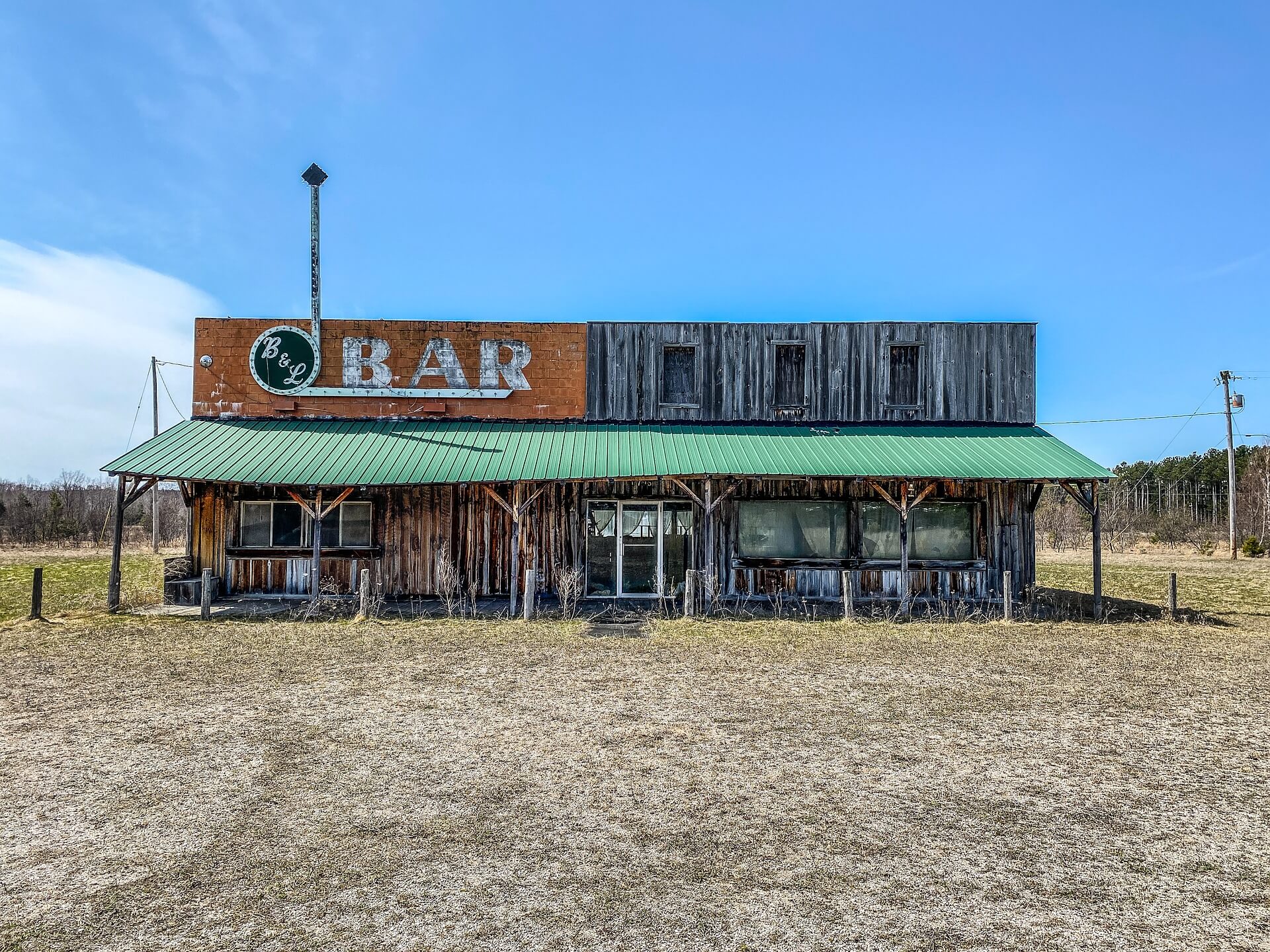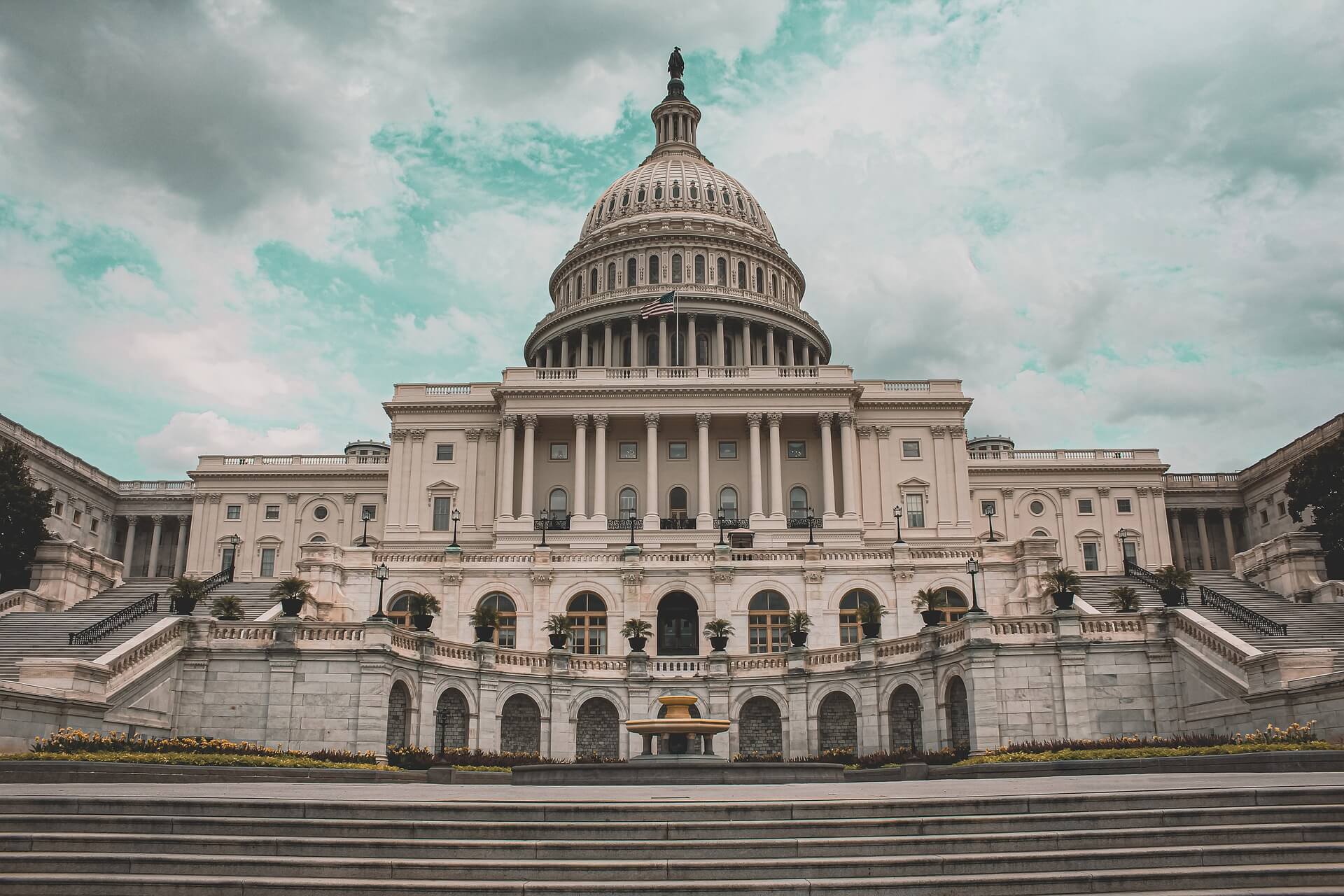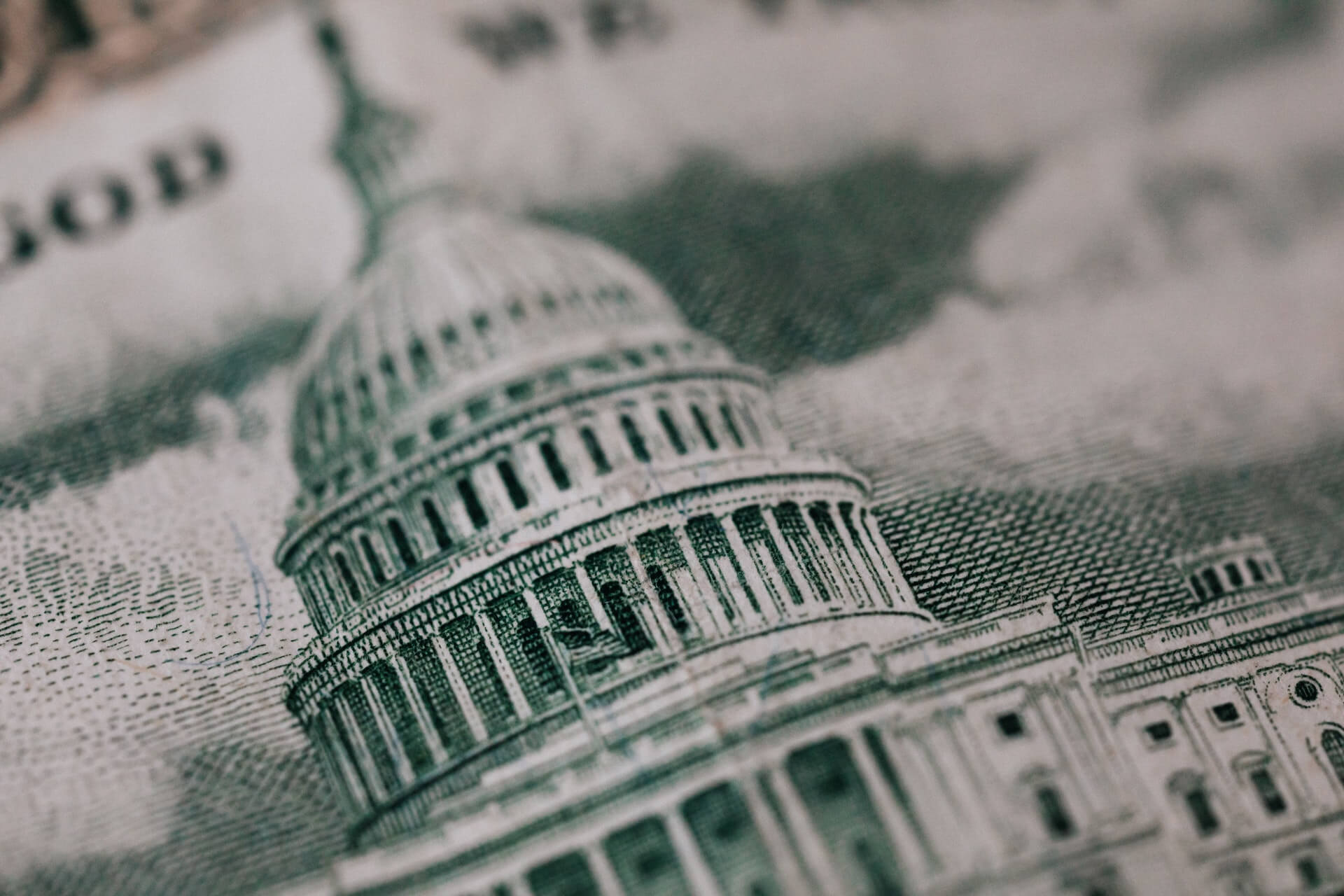Build Back Better…Without Restaurants or Bars?
by David Klemt

The Build Back Better Act was passed by the House last Friday without the inclusion of the Restaurant Revitalization Fund Replenishment Act.
For those keeping count—me, for instance—the RRF Replenishment Act has seen zero movement since June.
We’re now six months without RRF Replenishment progress. The RRF application portal closed on May, 24.
To put it bluntly, the House once again failed our industry.
Of the $1.7 trillion dollars in the Build Back Better Act, zero are earmarked to replenish the RRF.
Applicants in Limbo
According to the National Restaurant Association, there are at least 177,000 RRF applicants awaiting grants.
Unless the RRF is replenished, those applicants will receive nothing.
For six months now, two bills seeking $60 billion to replenish the RRF have languished. Those bills are the aforementioned RRF Replenishment Act and the ENTREE Act.
The former was introduced by a bipartisan group of representatives and senators. Rep. Blaine Luetkemeyer (R-MO) introduced the latter.
Unfortunately, the chance to replenish the RRF via a unanimous consent motion was shot down in August. Sen. Rand Paul (R-KY) objected to $43 billion in emergency funding, killing the RRF.
At this point, it’s difficult to take any statement of support for our industry from members of Congress seriously.
NRA Speaks Out
The same day that the Build Back Better Act passed, NRA vice president Sean Kennedy released a statement.
“We are disappointed that the House passed the Build Back Better Act without including the Restaurant Revitalization Fund Replenishment Act… Passing this bill without including RRF replenishment leaves thousands of small business restaurants teetering on the brink of closure,” reads Kennedy’s statement.
Kennedy also points to specific elements of the Build Back Better Act that can cause further harm to operators and our industry.
In particular, Kennedy states that the NRA “specifically asked Congress to not pass any legislation that would harm restaurants as they rebuild.” Instead, the Build Back Better Act imposes new taxes on small businesses, including restaurants and bars.
Per Kennedy, “this bill newly applies the net investment income tax (NIIT) to active business income for pass-through businesses.”
Read Kennedy’s statement in full here.
It’s possible that the Senate will make changes to the bill. And it’s possible that replenishing the RRF will be among those changes. If that happens, the bill will be sent back to the House, further delaying the crucial assistance our industry needs.
Oh, and the deadline to avoid a government shutdown is December 3.
To tell your lawmakers to replenish the RRF, click here. I know I’ve asked you to do this several times. As frustrating as it’s getting, we need to stick together and keep up the pressure.
Image: Wokandapix from Pixabay



